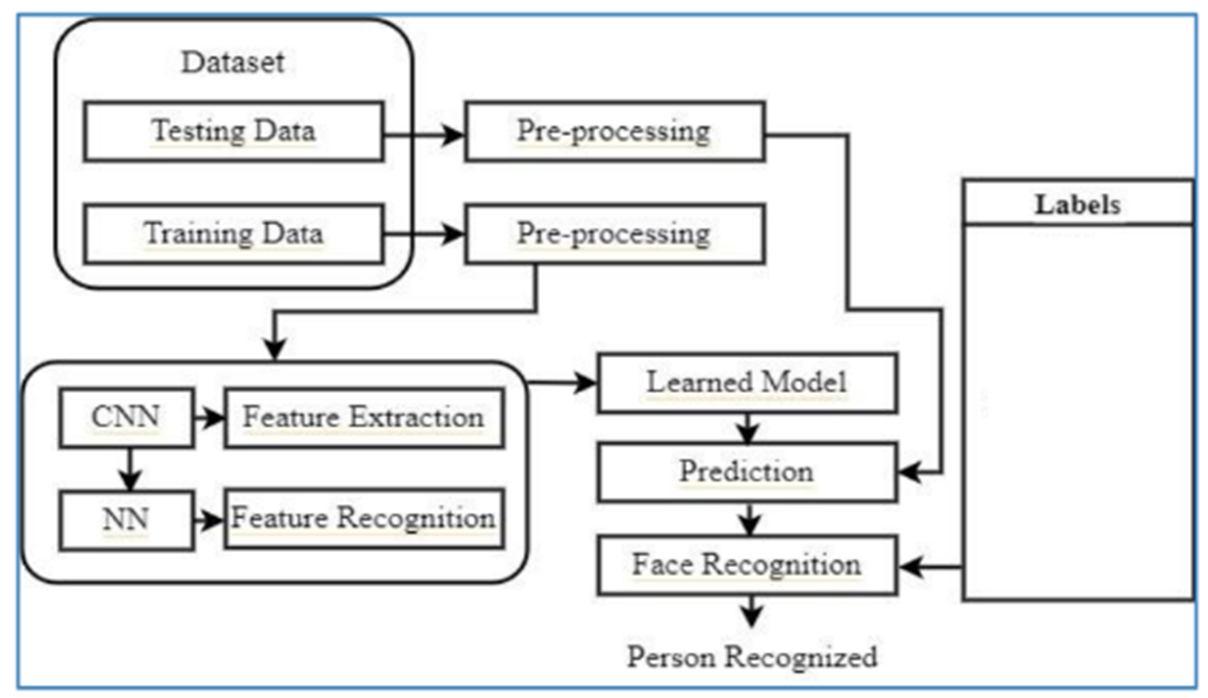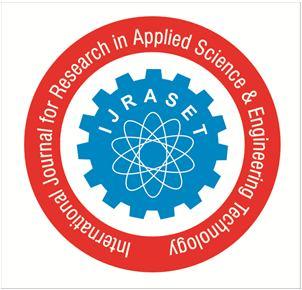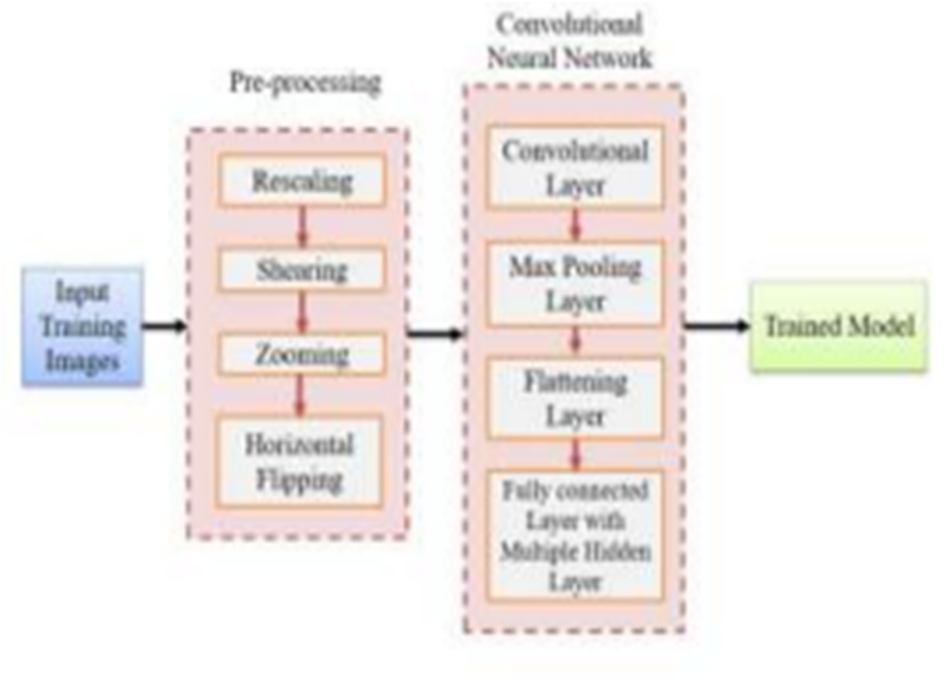
4 minute read
Secure Identification at Your Fingertips: Building a Face Recognition System with Google Colab
from Secure Identification at Your Fingertips Building a Face Recognition System with Google Colab
by IJRASET
Harsh R. Mishra1 , Shivang Vadgama2 , Hardik Pandya3 Computer Engineering, B.H. Gardi College of Engineering & Technology, Rajkot, India
Abstract: The term "security" refers to the measures taken to ensure protection against harm. A security system is the result of measures taken to secure something through a system. There are various types of security systems available today, and ongoing research is being conducted in this field.
Advertisement
The purpose of this research paper is to develop a face recognition system to enhance security, with the aim of making it more reliable and secure than existing systems. This will be achieved through the use of Google Colaboratory (Colab) for face recognition, which will enable the system to accurately identify individuals based on their facial features. The system will automatically distinguish between real and fake samples to prevent unauthorized access attempts. If a fake access attempt is detected, the system will display a message indicating that the user is unauthorized. The proposed method aims to improve accuracy, efficiency, clarity, and security, ultimately enhancing the overall security of the system.
Keywords: Face Recognition, Google Colab, Machine Learning, Python, Human Images
I. INTRODUCTION
Face recognition is the most common research area of person identification. Face recognition is a method for identifying individuals using their face. Machine learning is an application of artificial intelligence (AI) that provides systems the ability to automatically learn and improve from experience without being explicitly programmed. Machine learning focuses on the development of computer programs that can access data and use it to learn for themselves. The process of learning begins with observations or data, such as examples, direct experience, or instruction, in order to look for patterns in data and make better decisions in the future based on the examples that we provide. The primary aim is to allow the computers to learn automatically without human intervention or assistance and adjust actions accordingly [1].
Deep learning is a subset of machine learning in artificial intelligence that has networks capable of learning unsupervised from data that is unstructured or unlabeled. Deep learning is a technique used to generate face detection and recognize it for real or fake by using profile images and determining the differences between them [1].
Deep networks have the ability of learning from unstructured or unlabeled raw data. It works like the human brain where “Neuron” indicates a mathematical function that collects and classifies information according to specific architecture. In a neural network each node in the layer of interconnected nodes is a perceptron. The signal produced by multiple linear regressions into an activation function is fed by the perceptron. Neural network mainly comprised of three layers. These are, Input Layer: Takes primary data through corresponding layers for further analysis, then Hidden Layers: It’s the intermediate layer where every computation is done and activation function provides the output and Output Layer: It’s the last layer that brings out the information learned by the network [2].
To enhance the security we are building a Face Recognition System using Machine Learning Technology with Python as programming language in Google Colab IDE. The system is precise generating results above 95% as precision for the data sets trained in the model. A detailed explanation of the precision is mentioned in the research paper.
A. Objectives of Study
The primary goal of this research is to develop a software model that can accurately and efficiently identify and differentiate between authentic and manipulated facial images created by experts. Alongside this overarching aim, several other objectives have been established, including the rapid detection of fraudulent facial images, ensuring high accuracy and validation rates for both training and testing datasets, minimizing the expenses and time required for repetitive image analysis, and implementing an optimal network architecture to obtain optimal results. Furthermore, the study seeks to train the model with a large dataset of genuine and fabricated human faces to achieve maximum precision in the final outcome.
ISSN: 2321-9653; IC Value: 45.98; SJ Impact Factor: 7.538

Volume 11 Issue III Mar 2023- Available at www.ijraset.com
II. DATAPREPROCESSING
Data preprocessing is an important step in preparing raw data for machine learning or data mining algorithms. Prior to application of these algorithms, it is essential to check the quality of data for correctness, completeness, and accuracy. Data preprocessing involves removal of incorrect, incomplete, and inaccurate data from datasets and replacement of missing values. Subsequently, preprocessed data were fed into a Convolutional Neural Network (CNN) for training purposes. The training process was conducted using the CNN model and the resulting model was saved for testing purposes. The trained model enabled classification of users' faces in real-time [3].
III. EXPLANATION OF PROPOSED SYSTEM
Get ready to meet the future of person identification! Our proposed method is a cutting-edge Face Model-based system that revolutionizes the way we identify individuals. In this section, we dive deep into the details of this innovative system.
A. Workflow Diagram of Face Recognition System
Figure 2 depicts the workflow diagram of the face recognition model utilized in this study. Following the preprocessing of training data, it is fed into the Deep Learning model for training. The model is trained based on the input data. Once the training process is complete, the testing data is preprocessed and fed into the trained model to predict the person using the learned model and corresponding labels.

IV. MEATHOIDOLOGY
The proposed methodology for this research entails a systematic approach consisting of several phases. Initially, a dataset was gathered, followed by the identification of tools and programming languages to be utilized. Next, images in the dataset underwent preprocessing to improve their quality. To enhance the dataset's size and variety, data augmentation techniques were employed. Through this comprehensive approach, we aim to develop a highly efficient and accurate face recognition system.


